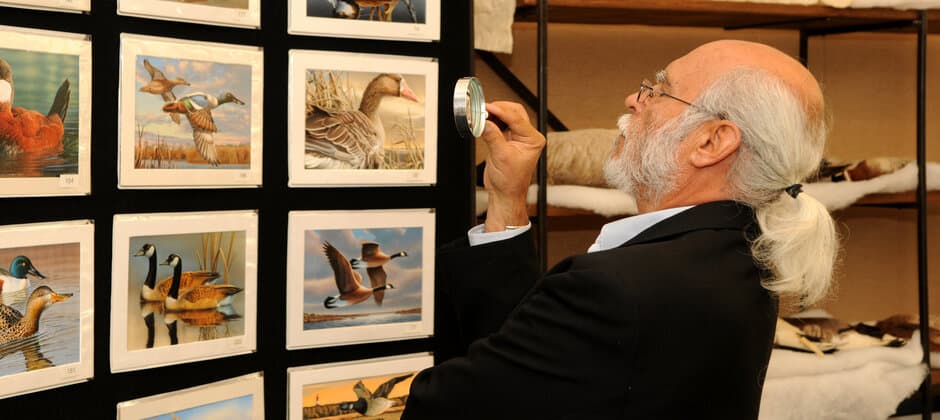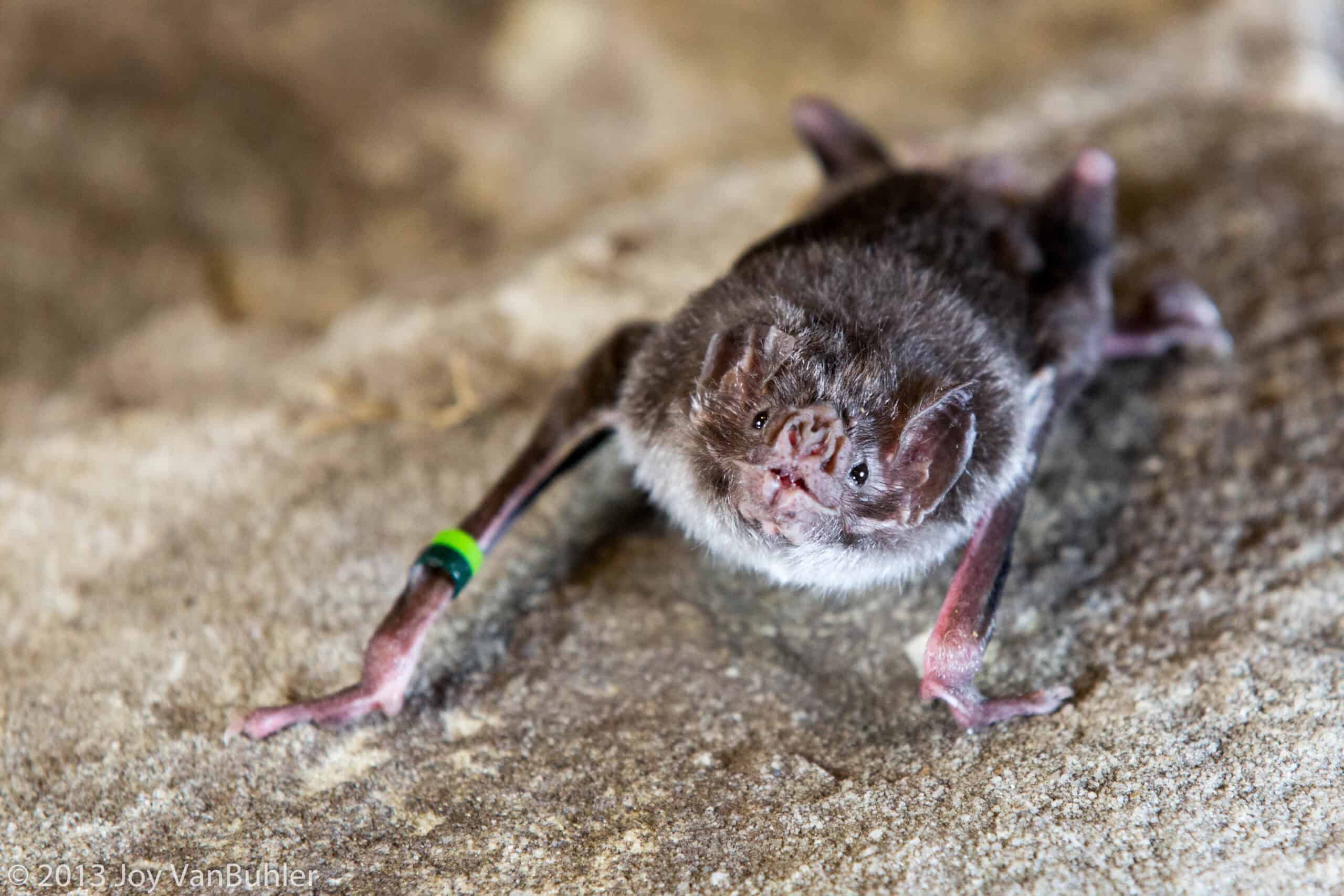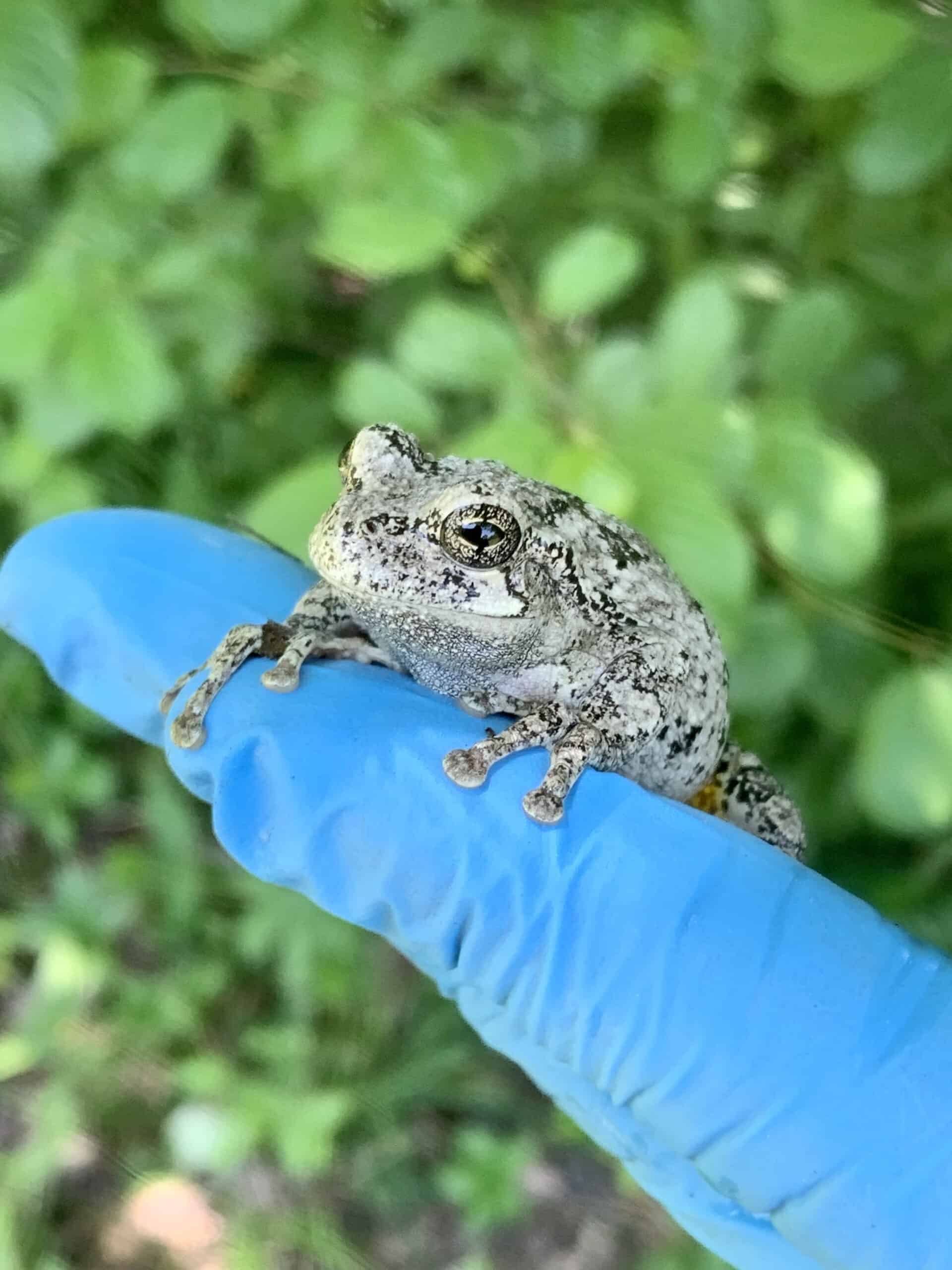Share this article
Duck Stamp artwork doesn’t have to depict hunting
The U.S. Fish and Wildlife Service has removed the requirement to depict hunting-related imagery on future duck stamps.
This final rule reverses a controversial 2020 rule that made “Celebrating Waterfowl Hunting Heritage” the permanent theme of the annual Federal Migratory Bird Hunting and Conservation Stamp contest, commonly referred to as the duck stamp contest.
The USFWS has run this art competition annually since 1934. Each year, the winning artwork is put onto a $25 stamp, which waterfowl hunters are required to purchase in the U.S. The sale of the stamp—to hunters and non-hunters alike—generates funds for wetland conservation.
A portion of the funds raised from the stamps go toward the purchase or leasing of waterfowl habitat. Since the program’s inception, duck stamp purchases have contributed over $1 billion to protect 6 million acres across 300 national wildlife refuges. Over 1.5 million stamps are sold each year. Although waterfowl hunters are the only ones required to purchase the stamp, many birders, art collectors and other non-hunters purchase the stamp to contribute to conservation efforts or for the artistic value of the stamp. The stamps also provide free admission into any national wildlife refuge open for public use.
The 2020 rule required that each entry into all future competitions include hunting imagery in the artwork, which features select waterfowl species. Judges of the art competition were also required to have a background and understanding of waterfowl hunting. Artwork submitted for the 2020 competition depicted images of duck decoys, shotgun shells, and hunting dogs with waterfowl behind them.
According to the USFWS, the goal behind this requirement was to promote and celebrate hunters as active wildlife conservationists and acknowledge hunters’ contributions to public lands. Despite this messaging, many members of the public were dissatisfied with the requirement, noting that it stifled artists’ creative freedom. Many also felt that the mandatory inclusion of hunting images alienated non-hunters and potentially would have deterred them from purchasing the stamps, further limiting funding for wildlife conservation.
The new rule will be in effect for the 2022 competition. The 2020 regulations will still be used for the 2021 contest, which will be held Sept. 24th and 25th.
Header Image: Duck Stamp Contest judge scrutinizes the entries. Credit: USFWS








